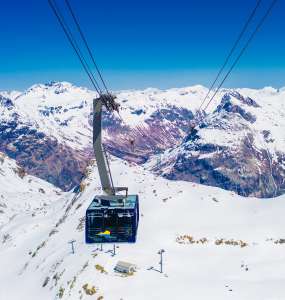Greece Beach and Landscape Guide
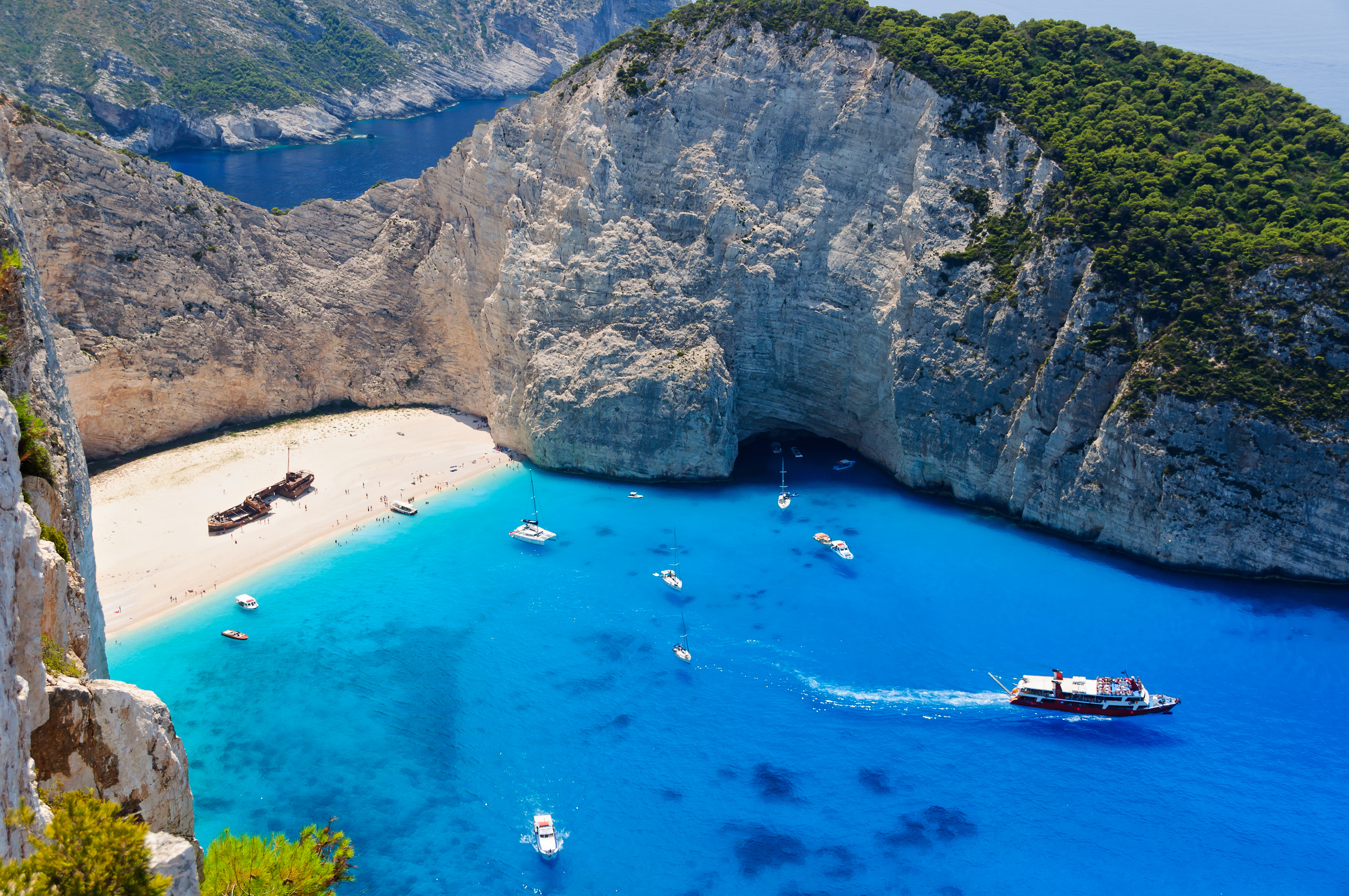
When traveling around Greece, you notice how diverse the nature of this country is. What to see here and which beaches to visit – in our small guide.
Such different beaches
The Greek coast is one of the longest in the world. On its 16,000 km there are pebble areas with light, golden, pink and black volcanic sand. Last year, 625 beaches and 18 marinas in the country received the “Blue Flag”.
In addition to the mainland, Greece consists of more than 6 thousand islands, which belong to one group or another and have common features. The 220 islands of the Cyclades, of which the most popular are Mykonos and Santorini, are most conveniently explored by yacht, because they are all located close to each other. Here are also the UNESCO-protected island of Delos with the Temple of Apollo and other ancient shrines and Milos with the famous “moon” beach Sarakiniko.
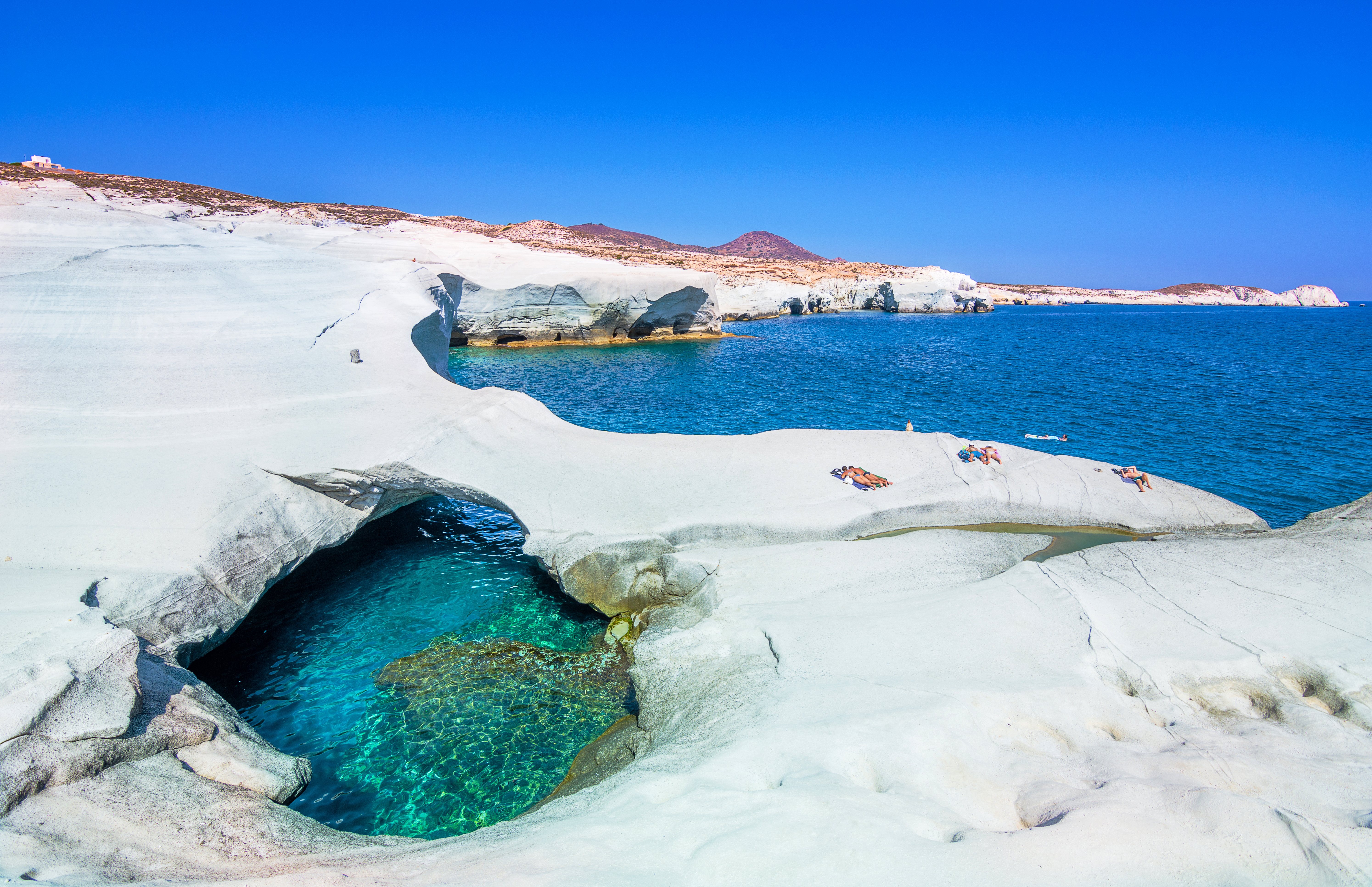
The Northern Sporades Islands are the closest to Athens, making them popular with wealthy Greeks and foreigners. Of the 24 islands covered in pine, cypress and olive trees, the most popular are Skiathos and Skopelos. Despite its small size, Skiathos boasts 60 beaches, including the luxurious sandy Koukounaries and Lalaria with a rocky arch over the water.
Skopelos is famous worldwide for its “Mamma Mia”, and you can visit Cape Amarandos with a couple of pine trees on the rocks, climb 200 steps to the chapel of St. John. The 17th-century Church of the Virgin Mary rises above the harbour, offering stunning views of the sea and Chora, and the church itself contains icons that are hundreds of years old. The Northern Sporades also include the island of Alonissos, better known for its national marine park of the same name, home to Mediterranean monk seals. One of the most picturesque beaches on this island is Milia.
The Ionian Islands are also called the “Greek Caribbean”. Even though majestic pine forests grow here instead of palm trees, they are in no way inferior to tropical ones in terms of beauty of views. One of the most popular beaches is Navagio, or the beach of the Sunken Ship, located in the northern part of Zakynthos. On the southern side of the same island is the National Marine Park, famous for the fact that loggerhead turtles lay their eggs on its beaches, Mediterranean monk seals live in the sea, and numerous flamingos, swans and herons gather in the lagoon.
The Ionian island of Lefkada is famous for its picturesque nature. There is a bridge from the mainland to the island: a minute by car - and you are there. There are so many beaches here that it is difficult to choose where to start: kilometre-long Kathisma, Egremni, where the colour of the water takes your breath away, pebbled Porto Katsiki against the backdrop of steep cliffs or Vasiliki beach, popular with windsurfers.
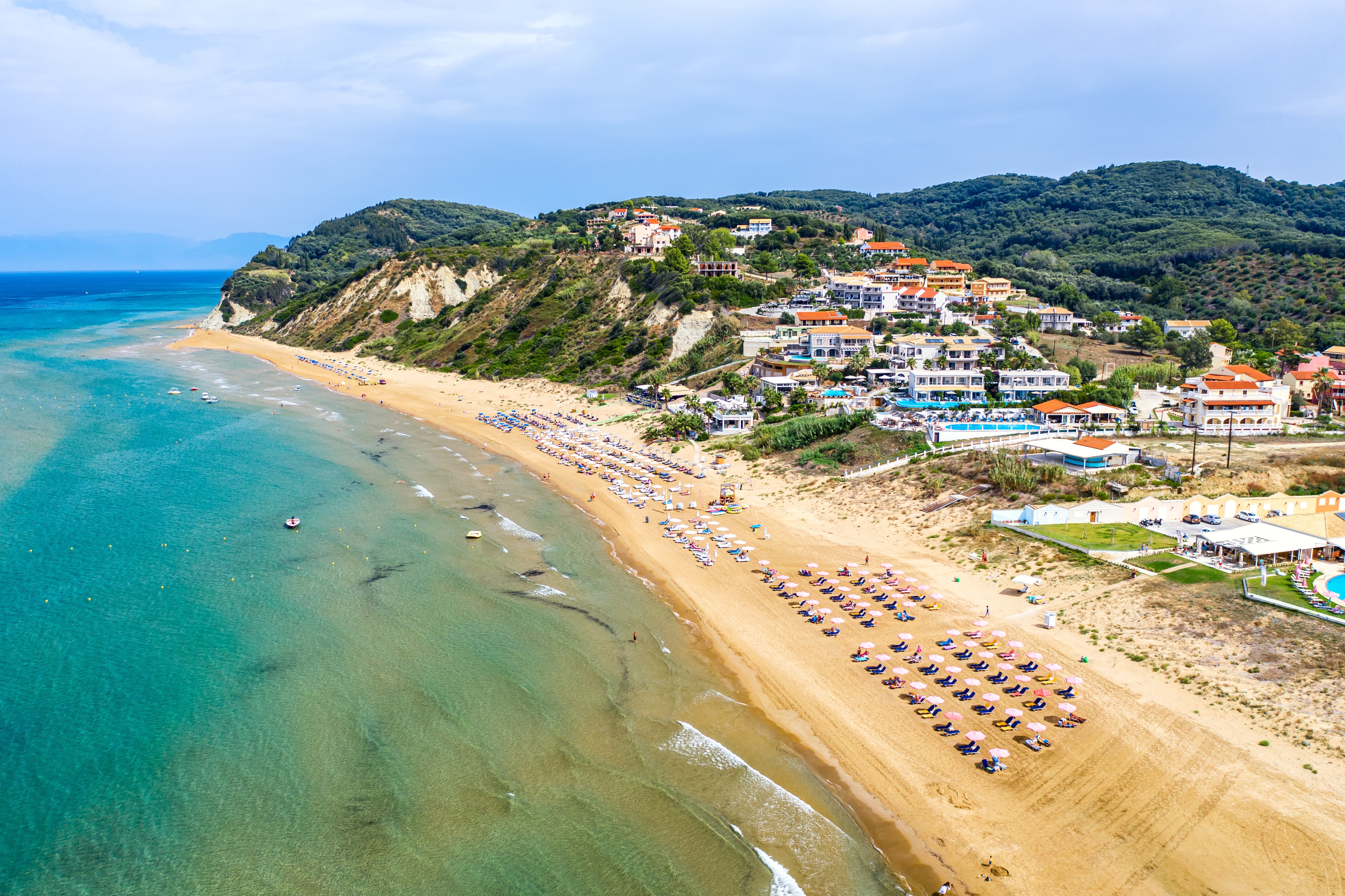
Lefkada is also the best starting point for cruising the Ionian Sea. The world-class D-Marin Lefkas offers easy access to Ithaca, Kefalonia and Zakynthos. At any one time, this marina can accommodate over 700 boats for mooring and another 280 for servicing in the dry dock.
Nearby, on the island of Skorpios, formerly owned by Aristotle Onassis, a multi-million-dollar hotel is being built with its own helipad, superyacht berth, stables, football pitch and amphitheatre.
Of the 73 beaches in Corfu, the most popular is the well-equipped Paleokastritsa. More secluded, but equally beautiful are the pair of islands of Paxos and Antipaxos.
A separate group includes the island of Crete, where there are at least a hundred beaches. In addition to the multi-rated Elafonisi with its pink sand, we recommend visiting Balos in the bay of the same name in the Chania region, next to the medieval fortress and the frame of a sunken ship. The sea here is shallow and warm, ideal for a holiday with children. And Preveli Beach is a place where the sea, river, palm groves and rocks intersect.
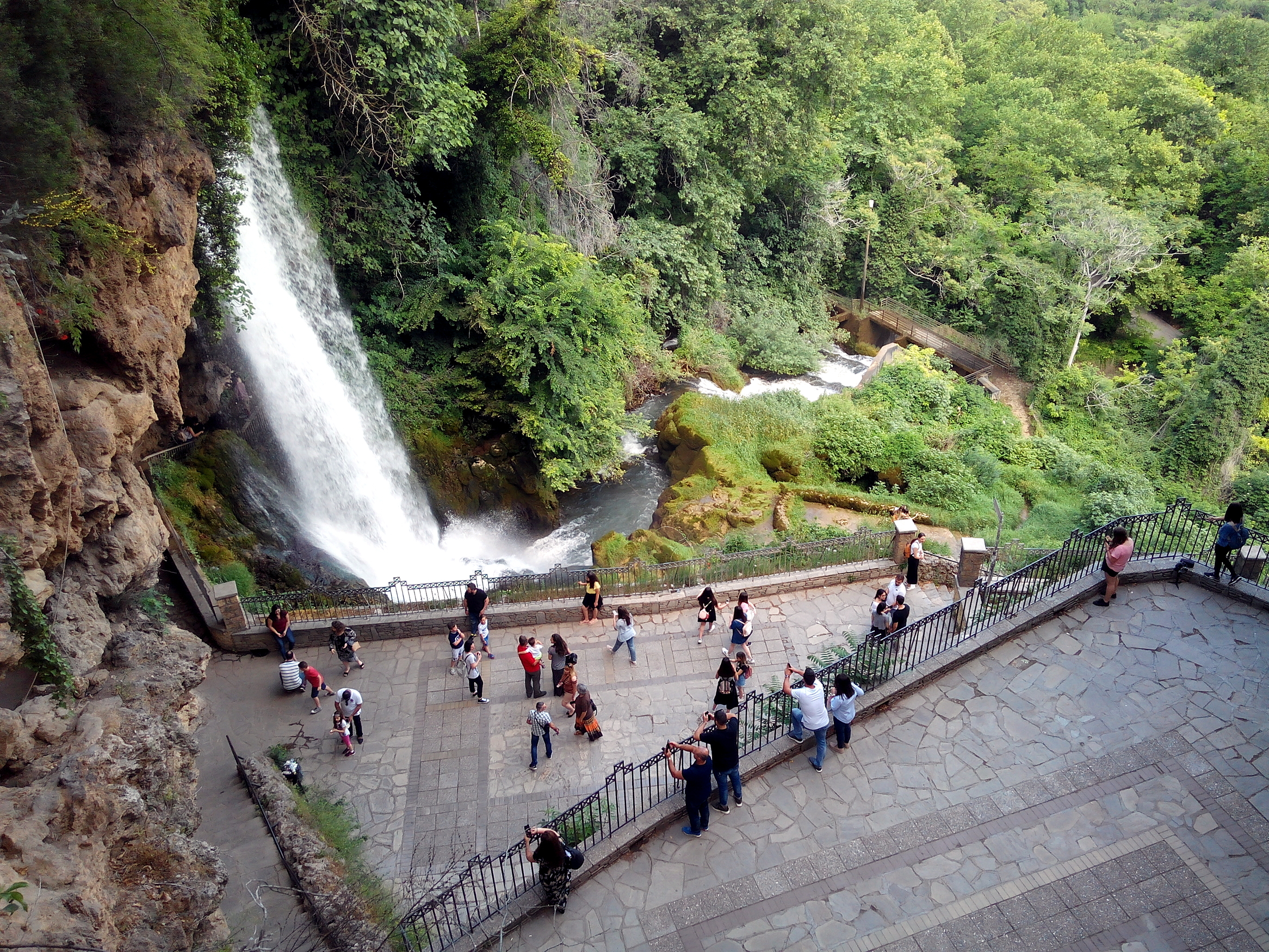
From deserts to “Arizona” trees
The diversity of Greek landscapes is impressive. There are not only mountains and steep cliffs, forests, gorges and caves, but even deserts (dunes on the island of Lemnos and in Elis in the Peloponnese)!
And what waterfalls Greece has! In the Park of Waterfalls of Edessa, in Central Macedonia, is the highest waterfall in the country - Karanos. The stream falls from a height of 70 m, and the entrance to the cave at its foot is almost completely hidden by a curtain of water. In the local Museum of Water, they clearly show how water is used to generate energy. Not far from Edessa are the waterfalls and thermal springs of Pozar, thanks to which a modern hydrotherapeutic complex was created.
One of the most beautiful places in Greece is Messinia on the Peloponnese peninsula on the coast of the Ionian Sea. Beaches with golden sand, endless olive groves and vineyards, forests, lakes and waterfalls of Polylimnio, waterfalls and canyons of the Neda River, the Gialova Lagoon, where migratory birds and African chameleons gather. Natural wealth is complemented by ancient fortresses and castles and modern infrastructure (golf courses, luxury hotels such as the Mandarin Oriental Costa Navarino), creating ideal conditions for active recreation and travel.
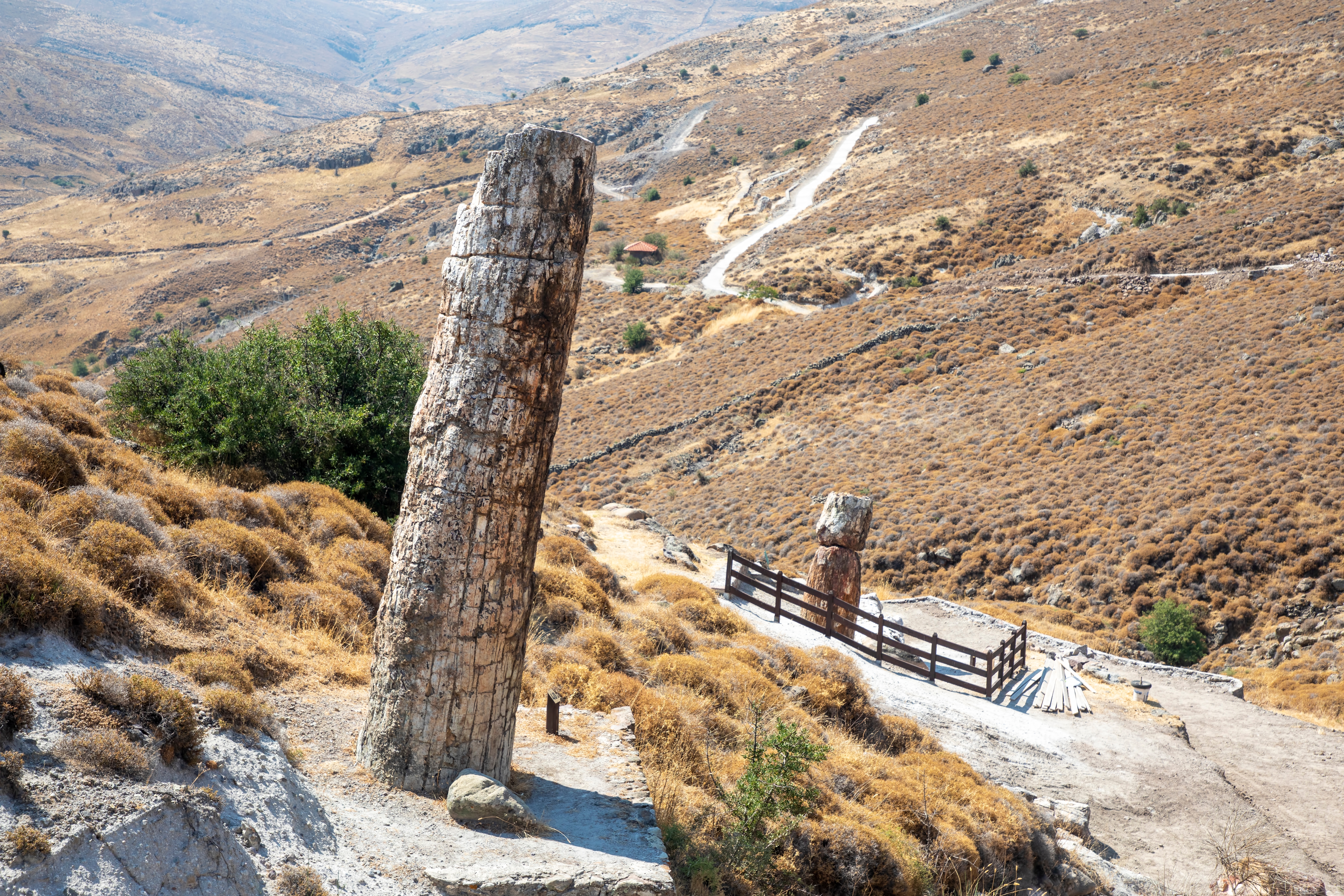
Greece is rich in geoparks, the landscape of which has been formed over millions of years. Many tourists have visited the Meteora-Pyli Geopark, where Byzantine monasteries are located on the tops of cliffs hovering in the fog. But there are other remarkable places. On the island of Lesbos there is one of the two largest petrified forests on the planet (the second is in Arizona), since 1985 it has been included in the list of Natural Monuments. On an area of 150 sq. km, hundreds of trees aged 20 million years, including the tallest in the world. Not only the trunks, but also the branches, roots, leaves and fruits create such an intricate landscape that it is no coincidence that the Greek Forest of Petrified Trees is called the “Pompeii of the plant world”.
Protected by UNESCO and “Natura 2000” Mount Ida (Psiloritis) Nature Park in Crete is a real stone sea with mountains, gorges, caves, a variety of plants and animals. And the Vikos-Aoos National Park, or “Park of Soaring Peaks”, in Zagori is not only stunningly beautiful - the artifacts found here confirm that people lived here 42 thousand years ago (!) Sheer cliffs, 900-meter-high gorges and vertical caves, including the second deepest in the world (407 m), form this impressive landscape covered with forests and flowering meadows. Brown bears, wolves, wild boars, roe deer and chamois live among the lush greenery.

